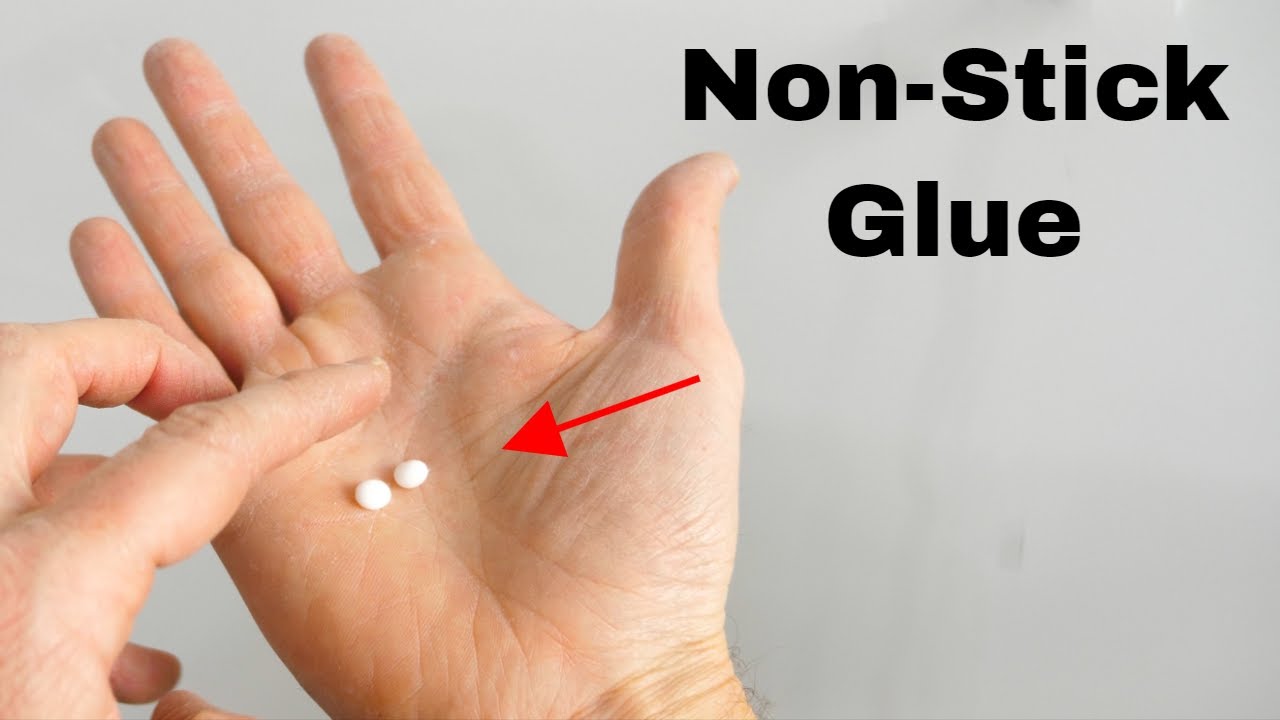Well, what really happened is that, shortly after the year 2000, grant-seeking academics redefined the word “nanotechnology”, which had been coined by Eric Drexler in his 1986 book Engines of Creation, to mean building macroscopic objects by fabricating structures with atomic precision, to instead mean “Nanotechnology is science, engineering, and technology conducted at the nanoscale, which is about 1 to 100 nanometers” according to the definition of the U.S. National Nanotechnology Initiative.
Here is the story of this switcheroo, as I described it in my review of Drexler’s 2013 book Radical Abundance.
A number of groups around the world, both academic and commercial, began to pursue potential paths toward nanotechnology, laying the foundation for the next step beyond conventional macromolecular chemical synthesis. It seemed like the major impediment to a rapid take-off of nanotechnology akin to that experienced in the semiconductor field was a lack of funding. But, as Eric Drexler remarked to me in a conversation in the 1990s, most of the foundation of nanotechnology was chemistry and “You can buy a lot of chemistry for a billion dollars.”
That billion dollars appeared to be at hand in 2000, when the U.S. created a billion dollar National Nanotechnology Initiative (NNI). The NNI quickly published an implementation plan which clearly stated that “the essence of nanotechnology is the ability to work at the molecular level, atom by atom, to create large structures with fundamentally new molecular organization”. And then it all went south. As is almost inevitable with government-funded science and technology programs, the usual grantmasters waddled up to the trough, stuck their snouts into the new flow of funds, and diverted it toward their research interests which have nothing to do with the mission statement of the NNI. They even managed to redefine “nanotechnology” for their own purposes to exclude the construction of objects with atomic precision. This is not to say that some of the research NNI funds isn’t worthwhile, but it’s not nanotechnology in the original sense of the word, and doesn’t advance toward the goal of molecular manufacturing. (We often hear about government-funded research and development “picking winners and losers”. In fact, such programs pick only losers, since the winners will already have been funded by the productive sector of the economy based upon their potential return.)
So when people speak of “nanoparticle”, they simply mean a particle with its smallest dimension between 1 and 100 nanometres, which can be something as simple as a buckminsterfullerene molecule or carbon nanotube, without the need for atomic precision in manufacture or producing structures by atom-by-atom assembly.
So great was the confusion by this cooptation of the word “nanotechnology” to fund research (mostly already underway) on topics entirely different from the original concept and mission statement of the funding agency that…
Drexler attempts a fundamental reset of the vision he initially presented in Engines of Creation. He concedes the word “nanotechnology” to the hogs at the federal trough and uses “atomically precise manufacturing” (APM) to denote a fabrication technology which, starting from simple molecular feedstocks, can make anything by fabricating and assembling parts in a hierarchical fashion. Just as books, music, and movies have become data files which can be transferred around the globe in seconds, copied at no cost, and accessed by a generic portable device, physical objects will be encoded as fabrication instructions which a generic factory can create as required, constrained only that the size of the factory be large enough to assemble the final product. But the same garage-sized factory can crank out automobiles, motorboats, small aircraft, bicycles, computers, furniture, and anything on that scale or smaller just as your laser printer can print any document whatsoever as long as you have a page description of it.
We’re barely closer to that goal than we were in 1986, largely because hardly anybody is working on it.
